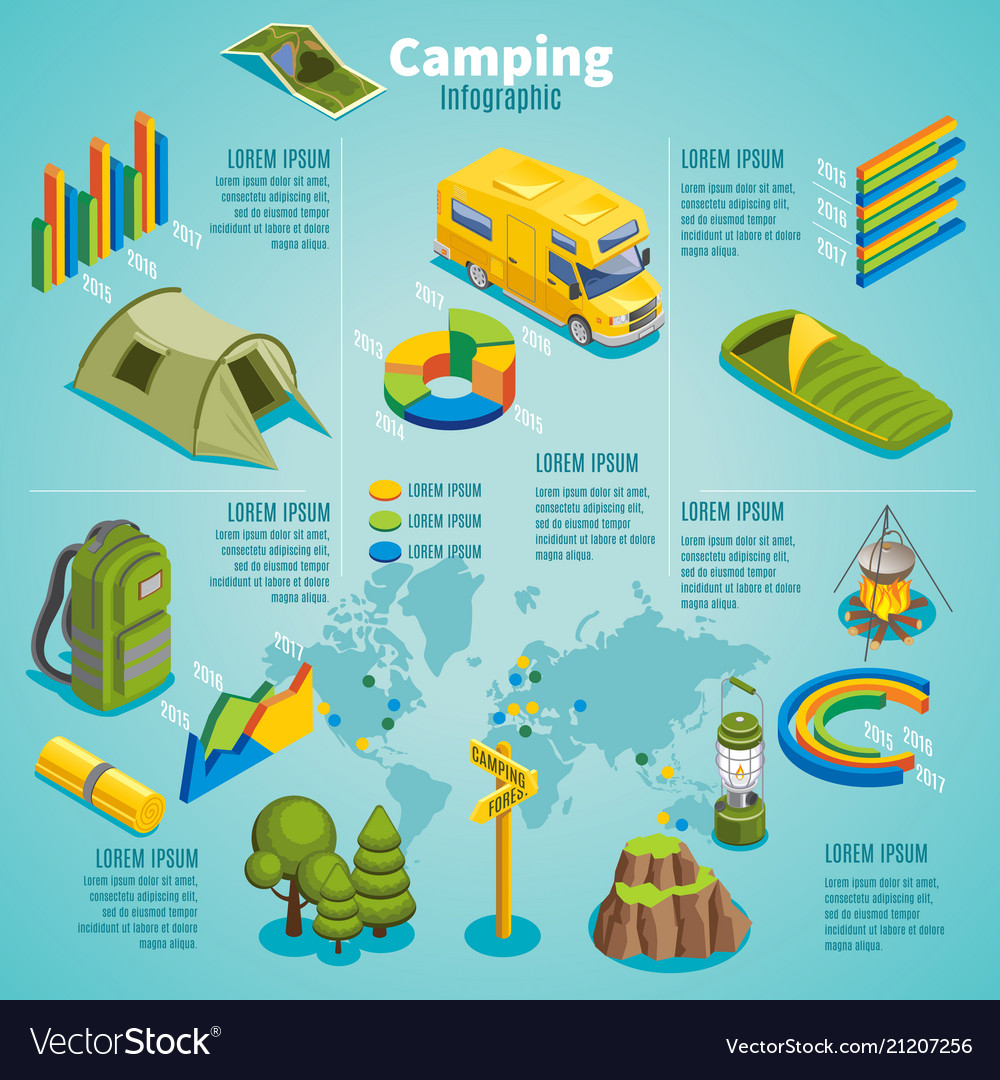Unique Tips On How To Sell Camping Tents And Operate A Profit Venture
Unique Tips On How To Sell Camping Tents And Operate A Profit Venture
Blog Article
Does Your Backpacking Tent Required an Impact?
An impact is pricey and includes added weight to your knapsack. It additionally isn't specifically sturdy.
What are the 4 types of tents?
Ultimately, whether or not a tent footprint is necessary depends on where and how frequently you're camping. In general, it's a good idea to use one if you camp on abrasive surfaces or in damp problems.
Tents with Lower Deniers and Waterproof Ratings
Outdoors tents with reduced deniers and water resistant scores tend to be lighter, yet they can additionally be a lot more delicate. They might require more constant repairs and have much less indoor area than tougher models. If you're a casual backpacker that suches as to take a trip quick and light, this may be fine; however, even more seasoned walkers recognize that compromising sturdiness can include huge consequences down the trail.
The denier and water resistant rating of an outdoor tents's cover, rainfly, and flooring can help you establish its livability. Try to find higher-denier materials on the cover and rainfly, in addition to taped seams that help stop water from leaking through stitches. Some suppliers also utilize heat and sealer throughout building to create a more powerful joint; these are called welded seams.
The livability of an outdoor tents can likewise be identified by its floor measurements and ability. A camping tent's floor need to be a little smaller than the footprint to stop water from merging under the shelter.
Tents in Rough Surface
Numerous backpacking outdoors tents consist of a footprint made especially for their design, which helps ensure a correct fit and safeguards the tent's base from dampness and sharp items. Various other makers sell global impacts that can be cut or folded up to match an outdoor tents's dimensions.
The type of surface you'll experience is an additional crucial consideration for choosing an outdoor tents. For example, if you'll be camping in a canyon or gully, look for a sanctuary that can deal with solid winds. These problems create disturbance that can make the difference in between appreciating your campground or enduring discomfort.
The capacity and optimal height of an outdoor tents provide you an excellent concept of its livability, but added elements to take into consideration consist of vestibules (the area of the rainfly covering the doors) and general storage room. For instance, during our wintertime testing of the Marmot Tungsten, its charitable 93-by-82-inch floor conveniently dealt with four perspiring backpackers and their puffier shoulder season camper gift ideas resting bags while still leaving ample space for gear and individuals.
Tents in Damp Conditions
Even if your camping tent appears completely dry, moisture prowls in the nooks and crannies. Gradually, it can deteriorate the textile. That's why it's so essential to take advantage of day of rest to deep-clean your tent and its elements, such as zipper cellular linings, stake loopholes and adjustable webbing bands.
Also, make certain to pitch your tent in a level area, not a divot or concave area, so that ground water doesn't accumulate between the outdoor tents floor and impact or tarpaulin. And if you're utilizing an impact, consider a custom-cut one created for your tent's layout. It will not collect rain the way a common ground cloth or tarp can.
Method establishing and taking down your outdoor tents at home before you took off, to get a feel for exactly how quickly and effectively you can do it. Additionally, practice scouting your outdoor tents in different surfaces to see just how easy it is (or isn't) to do in bad weather.
Tents in High-Rise Situations
Camping tents vary in flooring size and livability. For instance, a huge tent with double doors and vestibules like Marmot's Tungsten can take care of four backpackers without needing acrobatics to get in and out or to keep equipment.
The minimal path weight requirements is the best spec to contrast versions, as it includes the bare essentials: camping tent body, rainfly and posts. Yet keep in mind that the specification leaves out tent stakes, person lines and things sacks.
Most backpacking camping tents can stand up to a light summer season tornado, yet some can be swept away by gale-force gusts. Search for a design with solid poles, an elevated bathtub-style flooring and seam taping to decrease the possibility of water permeating via. Pricier designs also have a tendency to include more powerful products that can resist the effect of particles and various other pressures.
What is included in glamping?
